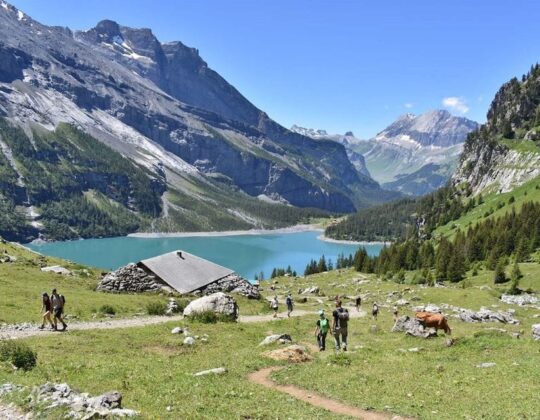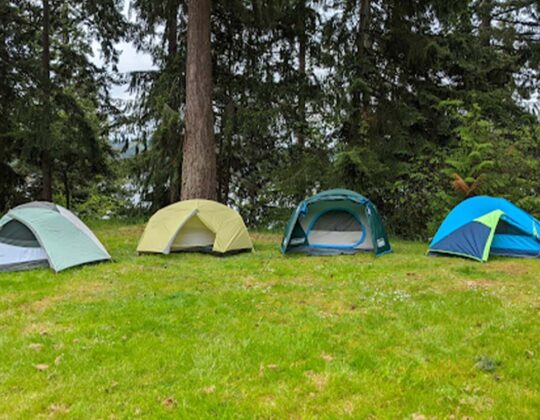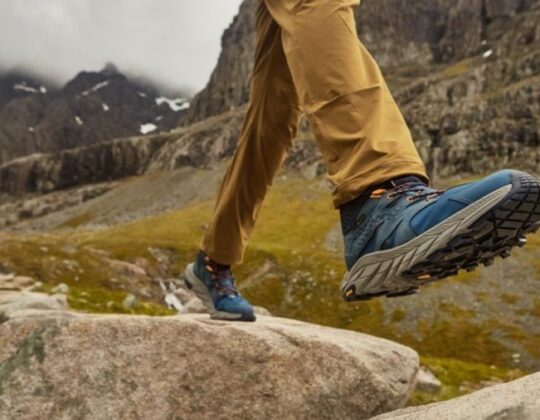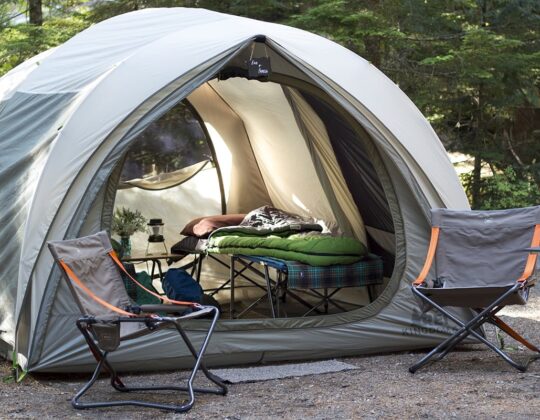Embarking on a backpacking trip is a thrilling adventure that allows you to connect with nature on a deeper level. Whether you’re a seasoned backpacker or venturing into the world of multi-day treks for the first time, careful planning and preparation are key to a successful and enjoyable experience. In this guide, we’ll walk you through the essential steps to plan and prepare for a backpacking trip, ensuring that you’re well-equipped to tackle the trail with confidence.
**1. Define Your Backpacking Goals:
- Trip Duration: Determine how many days you plan to spend on the trail. This will influence your gear, food, and overall itinerary.
- Terrain and Difficulty: Identify the type of terrain you’ll encounter and assess the difficulty level of the trail. This will help you plan your route and select appropriate gear.
**2. Research Your Destination:
- Trail Information: Gather detailed information about the trail, including distance, elevation gain, water sources, and notable landmarks. Use guidebooks, trail maps, and online resources for thorough research.
- Weather Conditions: Understand the typical weather conditions during your planned trip dates. Be prepared for temperature variations, precipitation, and other weather-related factors.
**3. Create a Backpacking Itinerary:
- Daily Mileage and Campsites: Plan your daily mileage and identify potential campsites along the trail. Be flexible with your itinerary, considering unexpected obstacles or opportunities to explore.
- Rest Days: Factor in rest days if needed, especially for longer trips. This allows for recovery and exploration of interesting areas along the trail.
**4. Check Permit Requirements:
- Permits and Regulations: Many backpacking destinations require permits. Check the permit requirements and regulations for your chosen trail, and obtain the necessary permits in advance.
**5. Assemble Your Backpacking Gear:
- Essential Gear: Create a comprehensive checklist of essential backpacking gear, including a backpack, tent, sleeping bag, sleeping pad, cooking equipment, clothing layers, and navigation tools.
- Quality vs. Weight: Balance the need for lightweight gear with durability and functionality. Invest in quality gear that suits the conditions you’ll face on the trail.
**6. Test and Familiarize Yourself with Gear:
- Gear Shakedown: Conduct a gear shakedown at home or on a shorter trip to ensure everything functions as expected. This includes setting up your tent, testing your stove, and familiarizing yourself with navigation tools.
- Proper Fit: Ensure your backpack fits comfortably and distribute weight evenly. Practice adjusting straps, securing closures, and accessing essential items easily.
**7. Plan Your Meals and Water Supply:
- Meal Planning: Calculate the number of meals you’ll need and prepare a menu. Choose lightweight, non-perishable foods that provide the necessary energy for your trek.
- Water Sources: Identify water sources along the trail and plan your water purification method. Carry a sufficient water supply and know how to locate and treat water safely.
**8. Pack Light and Efficiently:
- Pack Weight: Aim for a manageable pack weight. Eliminate unnecessary items and prioritize lightweight, multi-purpose gear.
- Organize Your Pack: Use packing cubes or dry bags to organize your gear efficiently. Keep essentials easily accessible, and distribute weight evenly to maintain balance.
**9. Leave No Trace Principles:
- Environmental Responsibility: Familiarize yourself with Leave No Trace principles and practice responsible wilderness ethics. Minimize your impact on the environment by following established trails and properly disposing of waste.
**10. Plan for Emergency Situations: – Emergency Contacts: Share your itinerary and emergency contacts with a trusted friend or family member. Establish a check-in system if possible. – Carry Emergency Essentials: Pack a first aid kit, emergency shelter, communication device, and other essentials to handle unexpected situations.
**11. Check Trail Conditions Before Departure: – Trail Updates: Check for any last-minute updates or trail closures. Stay informed about current trail conditions, weather forecasts, and any advisories that may affect your trip.
**12. Notify Someone of Your Plans: – Inform a Contact: Before heading out, inform a reliable contact about your trip details, including your planned route, campsites, and expected return date. Notify them when you complete the trip.
**13. Consider Transportation Logistics: – Trailhead Access: Plan how you’ll reach the trailhead and arrange for transportation if needed. Check if parking is available and if any permits are required.
**14. Be Flexible and Open-Minded: – Adaptability: Backpacking trips may have unforeseen challenges. Be flexible and open-minded, ready to adapt to changing conditions or unexpected opportunities for exploration.
**15. Practice Leave No Trace on the Trail: – Responsible Practices: Follow Leave No Trace principles while on the trail. Stay on designated paths, camp in established areas, and minimize your impact on the environment.
By meticulously planning and preparing for your backpacking trip, you set the stage for a safe, enjoyable, and memorable adventure. Each step, from defining your goals to practicing Leave No Trace ethics, contributes to a well-rounded backpacking experience. With careful consideration and thoughtful preparation, you’ll be ready to hit the trail and immerse yourself in the beauty of the great outdoors. Happy backpacking!











